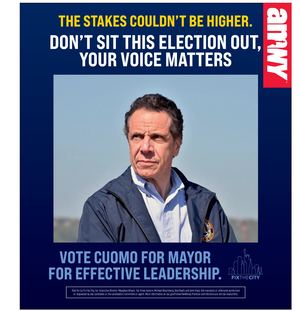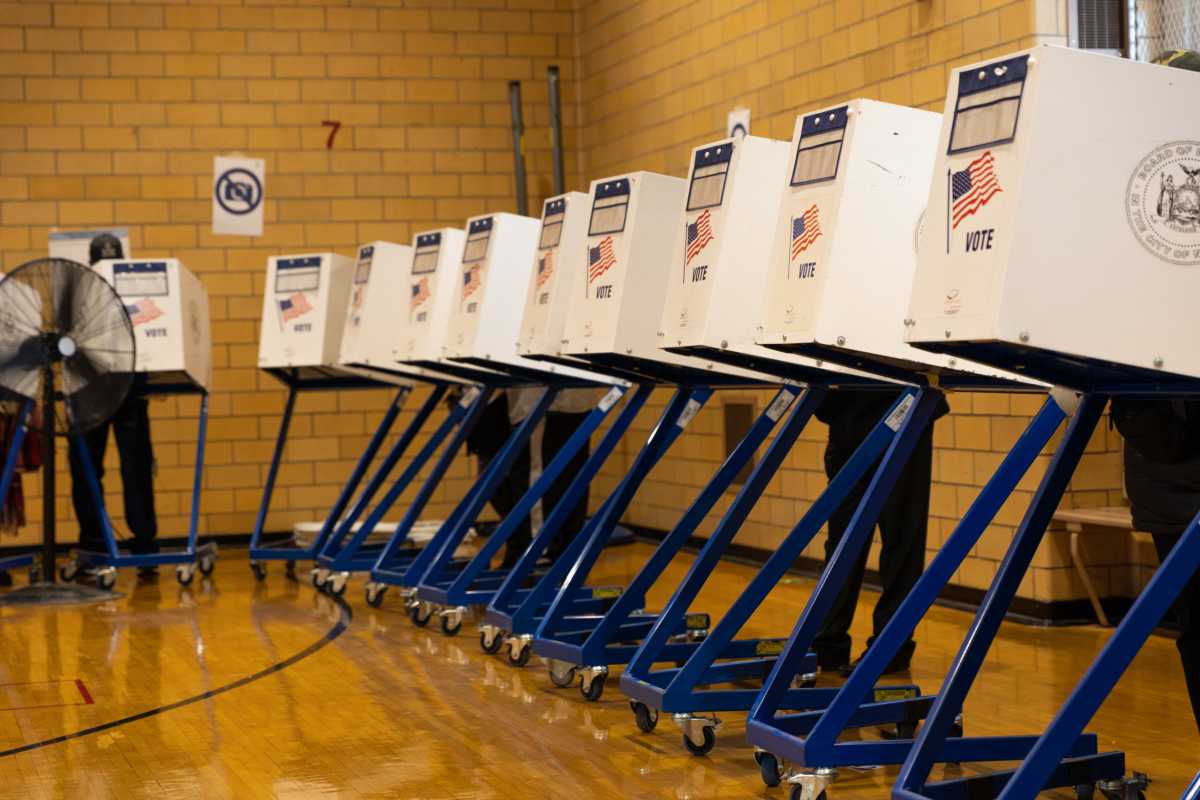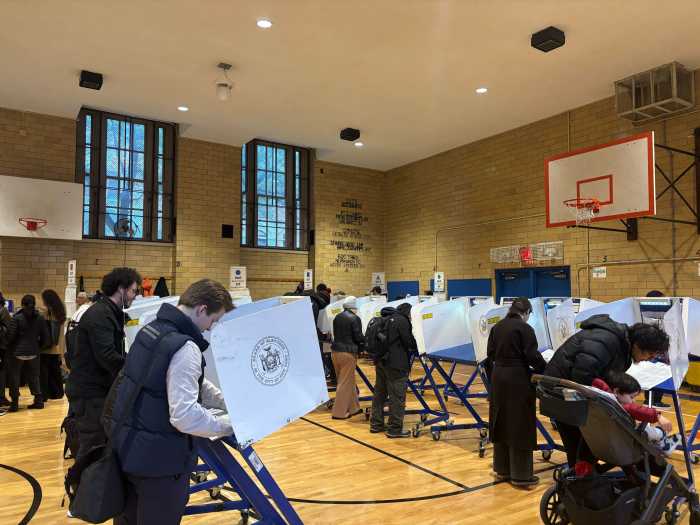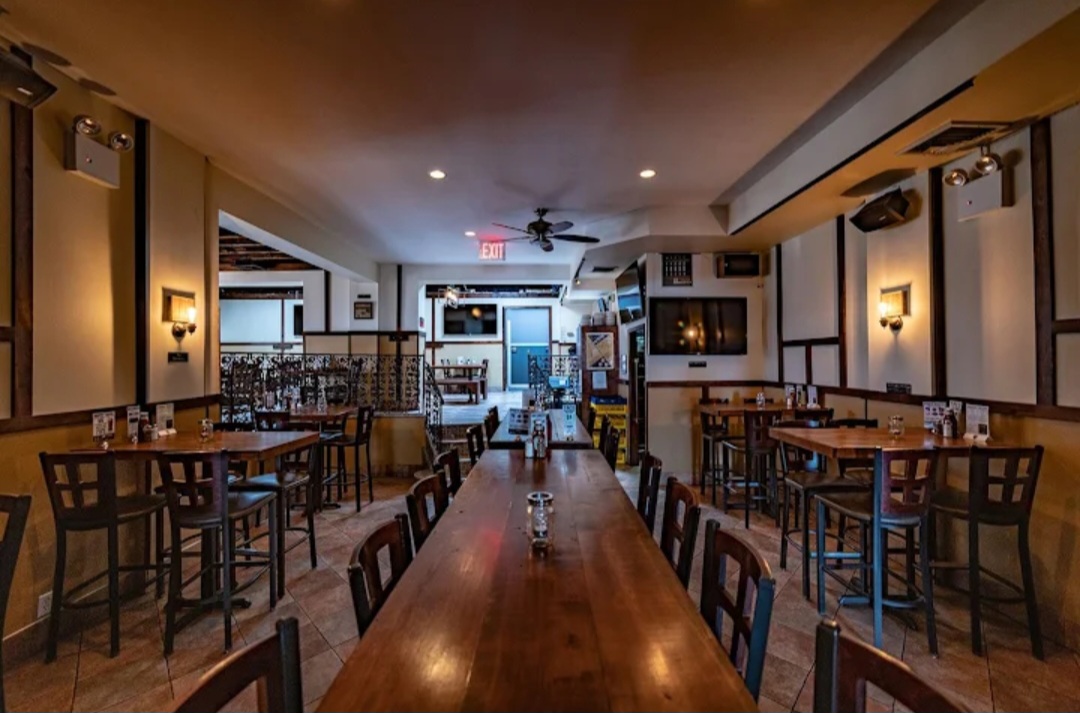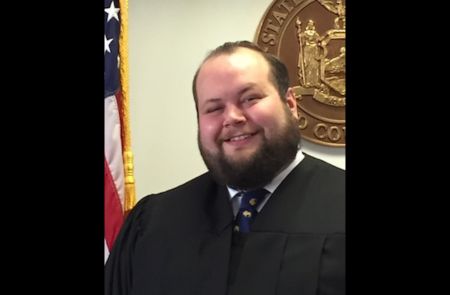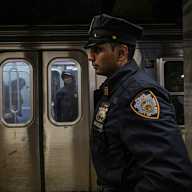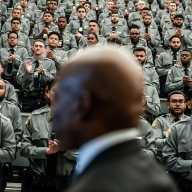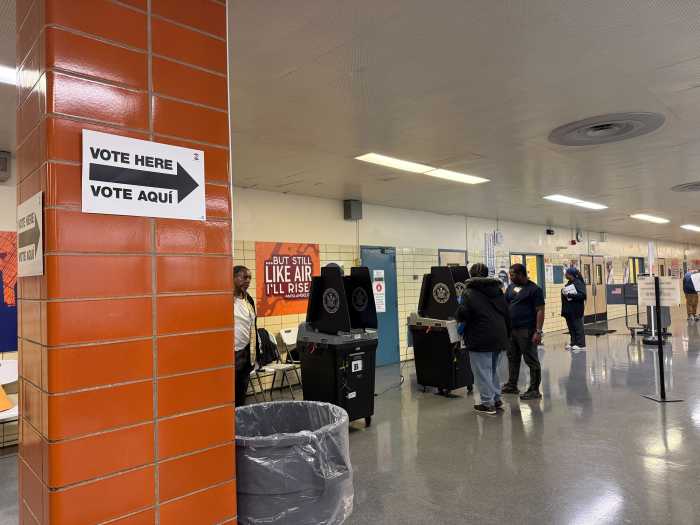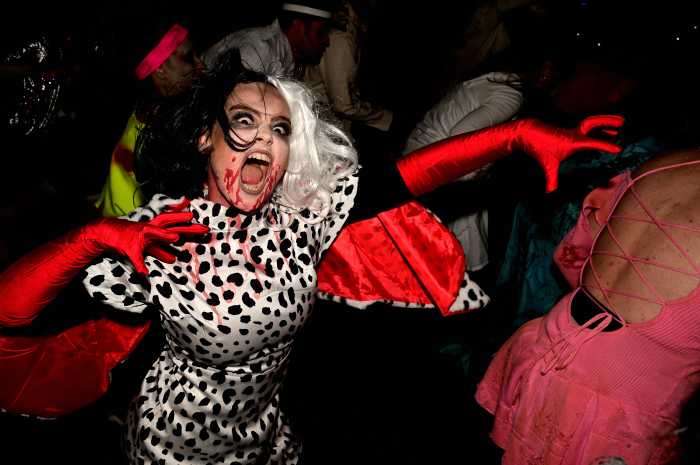BY ALINE REYNOLDS | Most area residents and merchants agree that the World Trade Center needs tight and active security and have been anticipating a comprehensive NYPD plan to protect the site from future terrorist attacks. What they weren’t expecting, however, was to have so many checkpoints and street closures in the immediate vicinity of their homes and thereby feel as if their buildings have been sucked into the W.T.C. complex itself.
Community members had puzzled looks on their faces as they listened to a preliminary version of a vast safety plan at Community Board 1’s W.T.C. Redevelopment Committee at its monthly March meeting earlier this week. The plan includes vehicle entry points on Washington Street and West Broadway, both between Barclay and Vesey Streets; and on Liberty Street at the Trinity Place and Route 9a intersections, which will entail blocking non-W.T.C. traffic from sections of those streets and others nearby.
The plan, which is supposed to accommodate a “tremendous volume” of visitors, will be more sophisticated and efficient than the security at the New York Stock Exchange, in that it will include “quicker, quieter barriers” and electronic databases to identify authorized W.T.C. workers and visitors, according to David Kelly, a Lieutenant who works for the NYPD’s counter-terrorism unit.
“The goal of the plan in a nutshell is to prevent unauthorized, unscreened vehicles from entering the [W.T.C.] campus,” said Kelly. “We want to keep any potential threat-vehicles an appropriate distance from these towers.”
Secured lanes along Church Street and elsewhere are meant to “provide increased standoff to the towers there to reduce the likelihood of a catastrophic event against those towers,” Kelly noted.
The plan also concentrates on protecting straphangers and shoppers below street level, who are particularly susceptible to explosions, Kelly said.
“We have to remember that any bomb blast is a 360-degree event,” said Kelly.
Kelly assured that the safety measures wouldn’t interfere with pedestrian flow and bike access around the site, and that the cops want to devise ways to minimize the impact of the plan on the surrounding neighborhood.
But that comment hardly comforted residents in attendance, who grilled Kelly and Philip Habib, the NYPD’s environmental consultant, with questions and concerns.
Mary Perillo, a resident of 125 Cedar St., an apartment building facing the W.T.C., asked Kelly to consider reversing the vehicular direction of Cedar Street so that she and other residents on the block can more easily access their homes once the security plan takes effect.
“At this point in time,” said Perillo, “I don’t see a way to go home in a cab in front of my door without going through two checkpoints. We’re not talking about parking – we’re talking about access to the front door the Tuesday before Thanksgiving, with a cab full of groceries and 24 people for dinner.”
Kelly replied saying his team would examine potential mitigations to these and other inconveniences to locals that “may involve flipping a street direction back the other way.”
Michael Levine, C.B. 1’s director of land use and planning, said the proposal failed to fully address its effects on the residential character of the neighborhood. Levine also voiced anxiety that the W.T.C. area would mimic the “fortress-like” barriers at Park Row and 26 Federal Plaza.
“We appreciate the fact that [the perimeter] is permeable,” said Levine, “but we’re hoping for a higher level of transparency.”
Battery Park City resident Tom Goodkind worried that the altered traffic conditions the current plan would create could cause congestion in southern portions of B.P.C.
“What I’m scared of is the impact and clogging-up of the lifeline of an entire neighborhood,” said B.P.C. resident Tom Goodkind.
Goodkind also questioned the need for so much parking within the site. “If these vehicles cause such a threat, why not have them park outside of the area, and have people who are not making deliveries walk to the W.T.C.? Then you wouldn’t need such a high-end security for the campus.”
Habib replied saying that, regardless of what Kelly referred to as the “campus” plan, cars entering the site would still need to be credentialed and screened upon arrival at the Vehicle Security Center, which will offer parking for 400 vehicles.
The committee also brought up concerns about hassles the security could bring to pedestrians walking around the Financial District. “We need to make sure that people with strollers [and in wheelchairs] can get through,” said committee chair Catherine McVay Hughes. “Small kids live in the area… we want to make sure that, when they go to school… they don’t get plowed down by large vehicles.”
The committee unanimously voted in favor of a proposal that would urge the NYPD to prevent congestion at already heavily trafficked areas such as Greenwich Street South and the intersection of Church and Vesey Streets. Among other requests, the resolution also asks the NYPD to set up a Citizens Advisory Committee that would include one or more representatives from C.B. 1 as well as residents and business owners that live and work close to the W.T.C. site.
Public comments on the security plan’s environmental impact statement are due by March 26, after which the NYPD will complete the first version of its environmental review, known as the environmental impact statement, by the fall. A public hearing is set for December, and the NYPD expects to finalize the analysis by January 2013.
To read more about the NYPD plan, visit www.nyc.gov/html/nypd/html/counterterrorism/wtc_campus_security.shtml.
